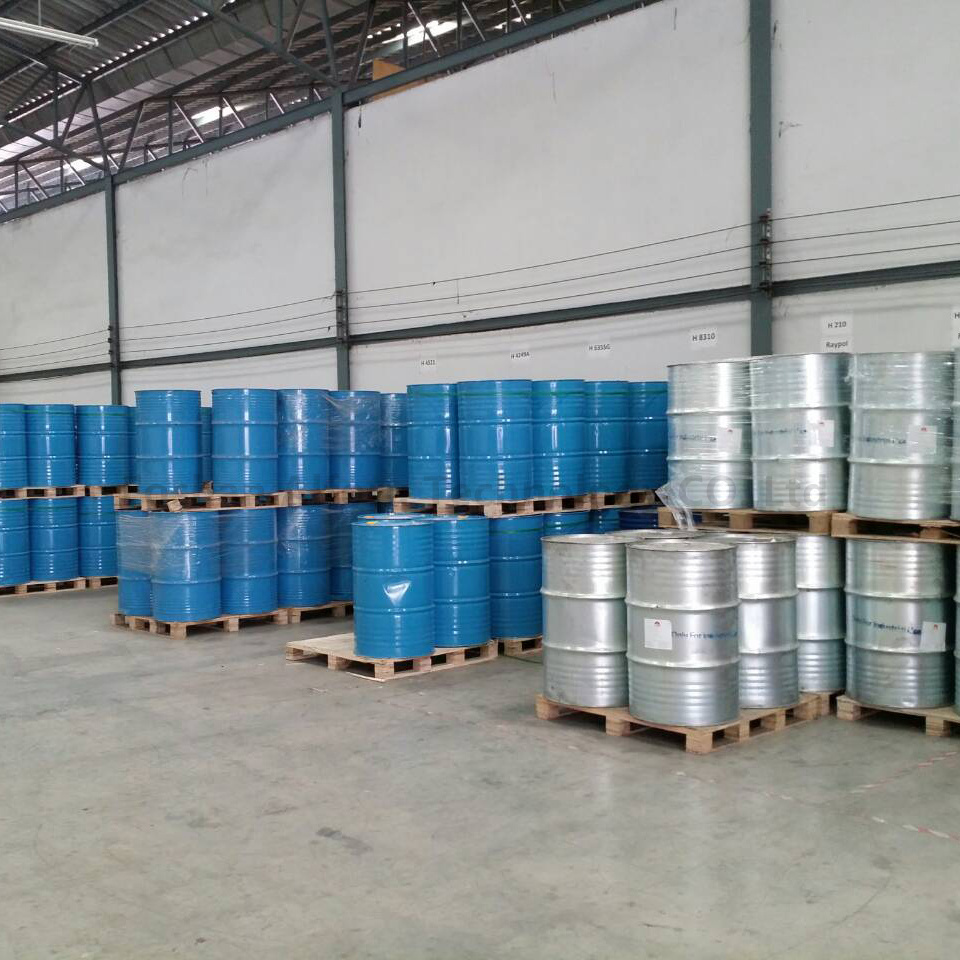Polyurethane material, abbreviated as PU and known by its English name ‘polyurethane’, is a type of polymer material. Polyurethane is an emerging organic polymer material often referred to as the “fifth major plastic” due to its outstanding performance, widely applied in various sectors of the economy. Polyurethane adhesives, as a category of products, are subject to specific evaluation criteria, which can be broadly categorized into two types.
The first type involves evaluating the characteristics of polyurethane adhesives themselves. This includes assessments of relative density, viscosity, solid content, extrusion characteristics, sag resistance, application period, curing speed, and storage stability.
The second type of evaluation occurs after implementing the adhesive, assessing the bonding effects. Different types of polyurethane adhesives, tailored for specific bonding purposes such as magnetic powder slurry adhesives, shoe adhesives, construction sealant adhesives, and automotive windshield adhesives, have their specific evaluation criteria.
The assessment of polyurethane adhesive bonding effectiveness typically involves two steps: sensory testing and quantitative testing.
I. Sensory Testing
Sensory testing is primarily used for selecting the type of polyurethane adhesive. It involves a preliminary assessment of the adhesive strength before the adhesive construction process. The procedure includes subjecting bonded substrates to destructive tests, observing the condition of the bond layer, and drawing conclusions about the adhesive’s bonding strength based on the observed outcomes.
II. Quantitative Testing
Quantitative testing involves standardized assessments of polyurethane adhesives under uniform stress conditions. Various methods are employed, including:
1.Tensile Bond Strength Testing:
- Applied to determine the bonding strength between high-strength rigid substrates.
- Involves coating the surface of a rigid substrate sample with polyurethane adhesive, bonding according to specified conditions, and subjecting the sample to uniform tensile stress until separation.
- Calculations are made based on the applied force and the bonded area to determine the tensile bond strength of the polyurethane adhesive.
2.Shear Strength Testing:
- Similar to tensile bond strength testing, often used for high-strength rigid substrate bonding.
- Involves bonding sheet-like specimens under specified conditions, fixing them in a specialized fixture on a tensile testing machine, and subjecting the adhesive layer to increasing shear forces until separation.
- Shear bond strength of the polyurethane adhesive is calculated based on the applied force and the adhesive area.
3.Peel Strength Testing:
- Primarily used for evaluating the bonding strength between soft substrates or the bonding of soft and hard substrates.
- Involves bonding standardized-size rigid and soft substrates according to adhesive process conditions, placing the sample in a tensile testing machine, and subjecting it to 180° peel until separation.
- Peel strength of the polyurethane adhesive is calculated based on the applied peel force and the bonded length.
The choice of testing methods should align with the specific characteristics of the substrates, bonding purposes, and functions. Additionally, evaluation methods and standards for assessing polyurethane adhesive bonding effectiveness may vary, requiring selection based on practical considerations.


